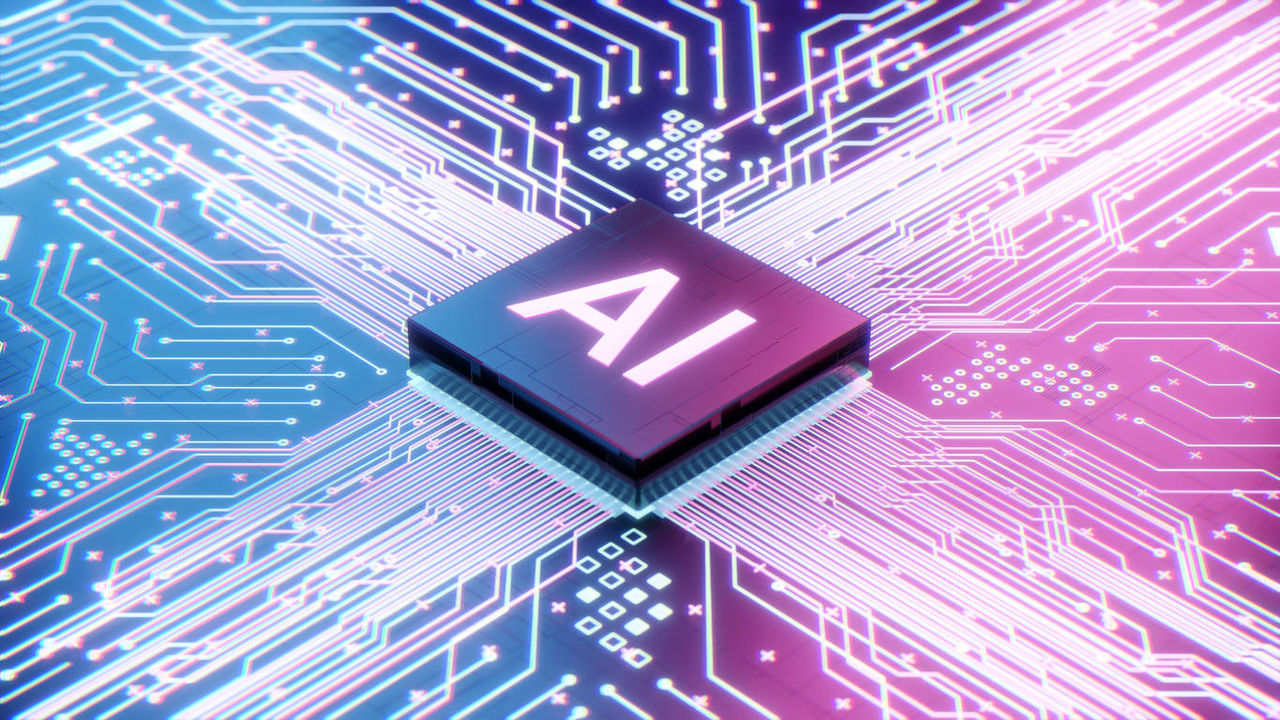Projections suggest the global talent shortage could leave more than 85 million jobs unfilled in key sectors such as financial services, technology, and manufacturing by 2030. At the same time, just 6% of organizations have achieved high maturity as a Talent Optimizer, according to SHRM's HR Excellence research. Together, these trends create the perfect storm of talent scarcity and organizational unpreparedness.
Enter artificial intelligence. While the effects of other technological shifts can be isolated to industries or even individual roles, AI's effects are indiscriminate. It's worsening the skills gap problem by forcing organizations to rethink workforce planning from the ground up and some are worried that they won't last in the current talent climate.
Start with Skills Assessment, Then Decide How to Fill the Gaps
Kathleen Pearson, CHRO at internation law firm McDermott Will & Schulte, experienced the complexity of workforce planning in the age of AI while implementing the technology at the 3,000-employee enterprise. Her solution? Start by mapping your organization's AI abilities.
Peason suggested asking employees to self-identify as AI "newbies, novices, or maestros," to gain a clear view of workforce strengths and gaps. Then, leverage these insights to get the most out of the "build, buy, or borrow" framework.
- Build: Reskill existing employees, often the most cost-effective and retention-friendly approach.
- Borrow: Hire contract workers, ideal when skills requirements are rapidly evolving.
- Buy: Recruit full-time AI talent, necessary for specialized roles like AI innovation directors.
The Business Case for 'Build'
On average, bringing on a new employee costs nearly $4,700 in hard expenses such as advertising and onboarding. Once you add soft costs such as manager time and productivity loss, the total expense can climb to 1.5 to 3 times the employee's annual salary.
That cost differential makes a strong case for prioritizing build, reskilling and developing existing employees, over "borrow" or "buy." In today's volatile market, shaped by tariffs and policy turbulence, CHROs face mounting pressure to keep costs down while still preparing their workforce for the future. Building internally helps organizations stretch their budgets without sacrificing capability.
Real Scenarios, Real Skills
Instead of relying on generic prompt engineering courses, forward-thinking programs should connect AI skills to role-specific use cases to ensure the training feels immediately relevant. At McDermott Will & Schulte, for example, "prompt-a-thon" events enable team-based learning where employees tackle real business challenges using AI tools.
According to Pearson, this hands-on training must be paired with "information skepticism" to address the misinformation and hallucinations AI can produce. Much like phishing prevention programs, the most effective approach to creating information skepticism is mimicking real scenarios as closely as possible — helping employees practice in a safe but realistic setting. Together, these efforts build a workforce that is both confident and critical in its use of AI.
Transparency Drives Adoption
Many workers hesitate to embrace AI because they fear displacement. Why learn to master a tool they believe will replace them? Their concerns aren't unfounded: Up to 19 million U.S. jobs are at high or very high risk of displacement due to AI, according to SHRM's Jobs at Risk report.
Successful AI implementation requires transparency from the top down, both about the potential for role changes and the organization's philosophy around AI deployment. Clear communication about which tasks may be automated, how responsibilities might shift, and what retraining opportunities exist can turn fear into engagement.
Turning Disruption into a People-First Advantage
Talent scarcity and rapid AI adoption will reshape work whether organizations are ready or not. HR leaders who treat this moment as a catalyst — auditing skills, reskilling aggressively, and communicating with radical transparency — won't just weather the storm. They'll chart the course, proving that people-first strategy is the ultimate competitive advantage.




